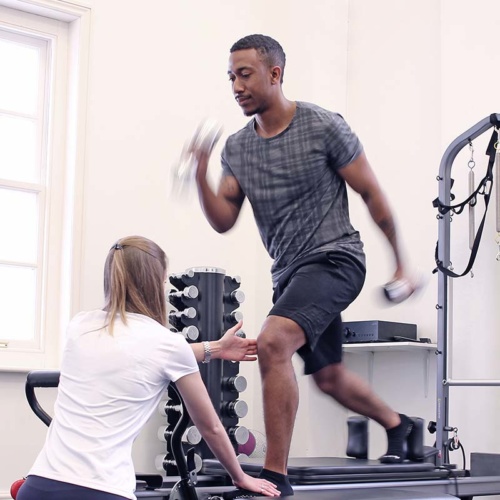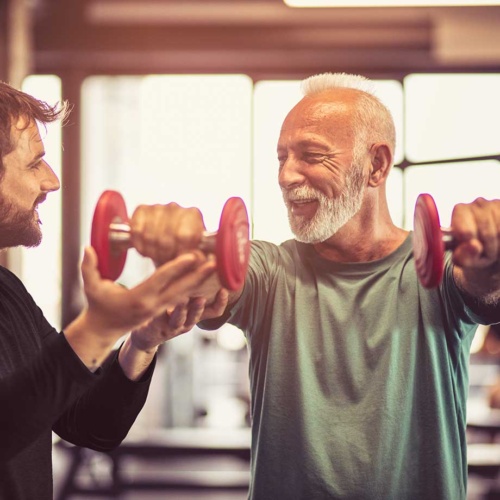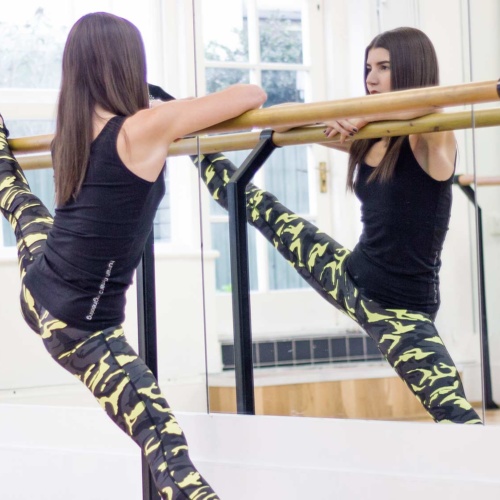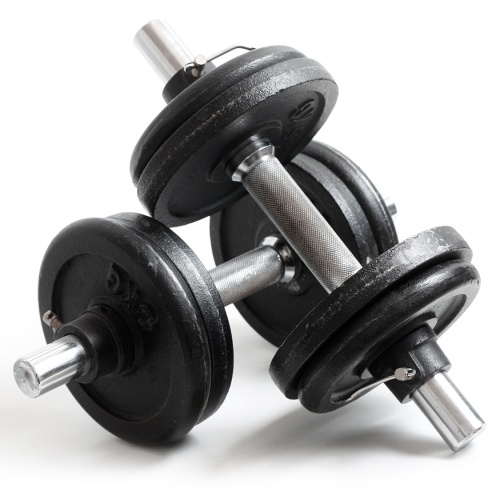The most common question we’re asked at Ten. And the answer is usually the same: “It depends on what you’re trying to achieve”.
So, let’s look at the goals that Ten’s clients most often focus on.
Training for a leaner body and/or reduced back pain
One Dynamic Reformer Pilates class a week is great, but it’s not enough for significant change. To see real progress in muscle tone, posture correction, and pain reduction, you need at least 2-3 sessions per week.
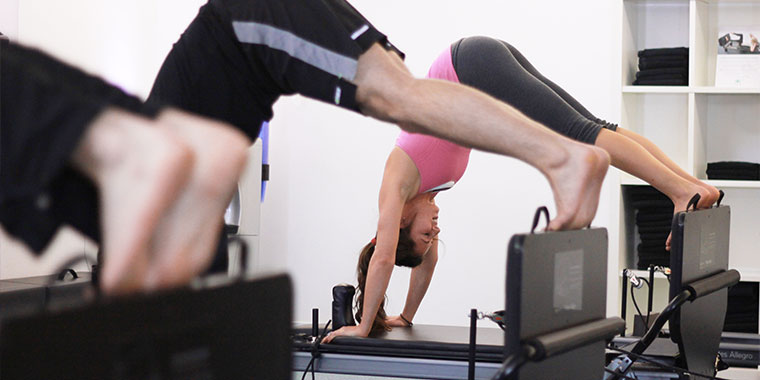
Training for fat loss, endurance, or muscle gain
For those of you focusing on fat loss or building muscle, a minimum of 3-4 sessions per week is necessary. Incorporating higher-intensity workouts like Jumpboard Pilates or Gym-based HiiT Pilates will help to increase the challenge, improve your endurance, and build muscle efficiently.
But remember, that these workouts can be more taxing on the body. Limit them to twice a week and complement them with moderate sessions like our signature Dynamic Reformer Pilates Classes for optimal balance.
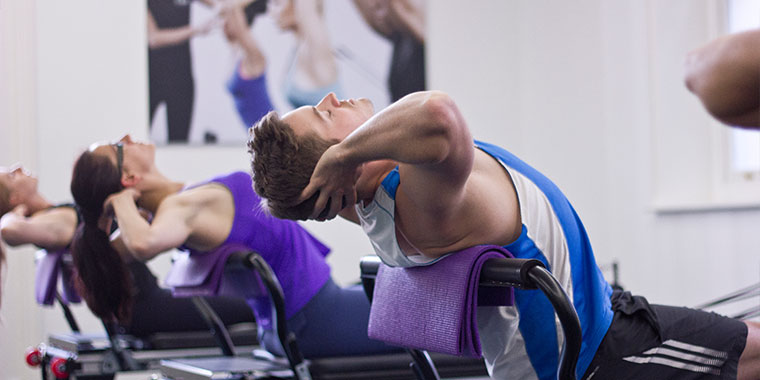
Don’t forget active recovery
If you’re pushing yourself it’s important to build in time between these full-on sessions to allow your body to recover and strengthen. Something that keeps you moving, and hits the same muscle groups you’re targeting in your workouts. Swimming, hiking and Ten Stretch Classes are all great low-impact ways to aid recovery, mobilise stiff joints, oxygenate the muscles and give the metabolism a gentle boost.
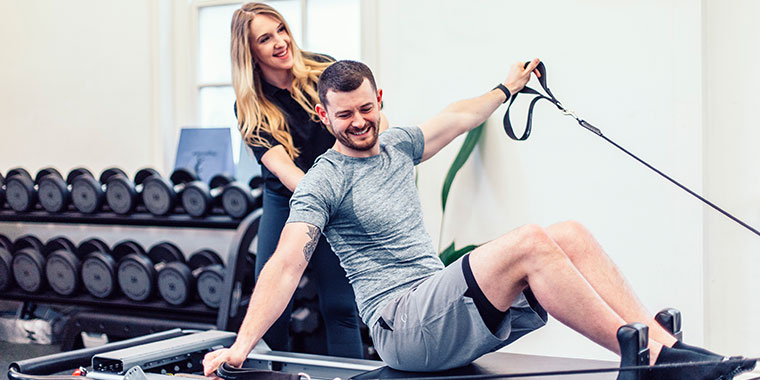
Quality beats quantity
The fitness industry focuses too much on intensity of effort, and not enough on quality of movement. So if you really want results, it’s not how often you work out, but how.
It’s a cliché (but a proven one) that the more you’re willing to put in, the more you’ll get out. And this rule applies not just to how hard you work in your sessions, but also on working on your technique, control and form as much as your muscles, matching the level of your session to your ability.
Throwing in a PT session or two to focus on technique will enhance the quality of your sessions and you’ll see a corresponding improvement in your body’s response. More importantly improving your form will not only improve performance; it’ll also reduce the risk of injury.
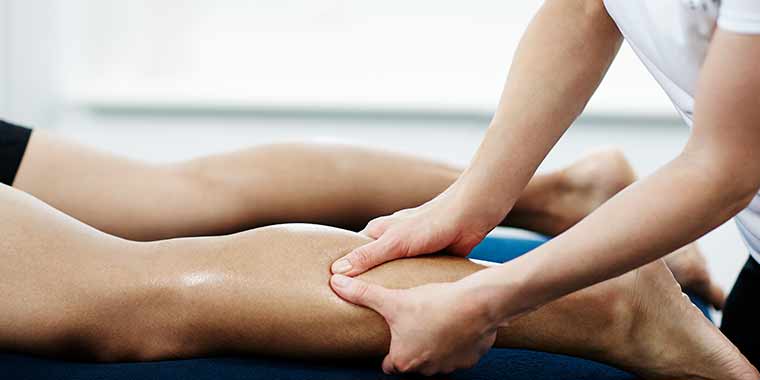
Injury-proof your workout
It’s important to include a prehabilitative element to your training. That’s everything from allowing yourself enough recovery time between sessions, doing some 1-1 sessions to focus on form, alignment and technique, through to Sports Massages.
Though it’s often overlooked, or not considered ‘training’, Massage is great for helping ease tight and sore muscles, addressing imbalances or areas of weakness that could lead to injury, speeding recovery after workouts so you can train safely more often, and addressing little niggles before they develop into bigger problems.
No wonder massage is such an important feature of every pro and elite athlete’s programme. And if you’re spending time, effort and (let’s not forget) your hard-earned money to achieve your own goals, it’s taking the same view that they do. Namely that it’s worth investing a little more to reduce the risk of injuries that could either slow your progress to your goals or – at worst – stop you from achieving them at all.
Last but by no means least, we don’t need to mention that sleep and good nutrition are key factors for boosting recovery after exercise, do we? Of course we don’t.


